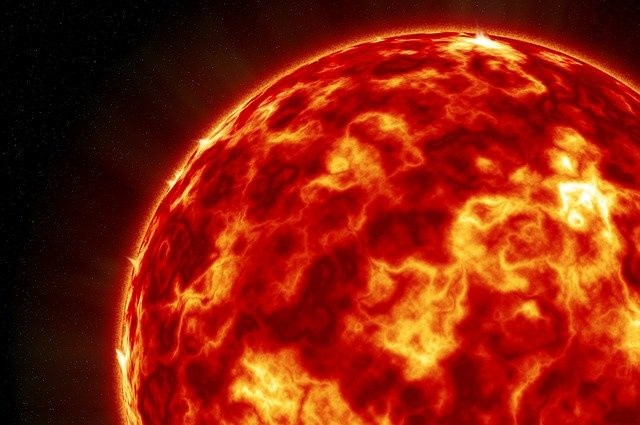
The Sun's forgotten history might not be lost but can be seen on the lunar body orbiting the Earth. Our Sun is an old cosmic body that existed when the Solar System and planets were formed. However, a few billion years of history are not accessible because of the enormous and unimaginable length of time.
History of the Sun
One recommendation from the Artemis missions is to search the moon for indicators and circumstances influenced by the solar system's only home star, reported Science Alert.
The close-by central star affects the entire solar system, and for countless ages, it has heated and illuminated every planet. Along with solar wind, this also includes powerfully charged particles.
Calculations on the age of the Sun indicate that it is about 4.5 billion years old. It has been affected by weathering, water erosions, and movement of the crustal plates deep inside the Earth, noted Universe Today.
A new study says a dead world can still have these ancient records, so worlds like the Earth's moon are a good candidate.
Artemis Missions To Discover Lunar Secrets on the Moon
For NASA's Artemis project, the Earth's nearest satellite is very close and reachable, as sending people up there might be a wise decision.
From the time the moon was formed, there has been expected surface activity, like lava, with the continuous impact of asteroids and comets. However, such actions are helping a lot, said the ArXiv white paper.
If there are lava flows that seal off large parts of the moon, that will keep it away from further effects from exterior elements as the Sun's forgotten history is on the lunar body.
This sealed section is a snapshot of how the Sun has affected an area of the lunar surface before getting sealed by lava.
Furthermore, the impact can expose covered layers that date from earlier periods of the moon's existence; they are accessible and mix the layers struck by space rocks.
The scientists reference the main qualities that can be measured from specific lunar samples that can be studied for signs of solar activity over the ages. One way to check and contrast a sample is how cosmic rays have affected its composition. Next is to use it as a measure to calculate the effect of the Sun for several billion years.
Looking at the tracks left by high-energy particles as it digs into the crust is another source of information to get more clues. Lunar soil will, in time, begin its transformation to breccia, which is governed by how solar rays come into contact with it.
All the samples can be contrasted and checked; all of them are classified by the depth and where they were harvested to see the effect of the bright Sun over millions of years. Based on the white paper that explores the proposal to study the Sun and mark the moon as the best place to do it.
The Solar System's central star effects could be seen on the moon, which is very old as well; looking into the Sun's past is crucial to understanding it more via the moon as a time capsule.
The Sun's forgotten history is unknown, and the lunar body could add more insight to the central star's several billion years of history.
© 2025 HNGN, All rights reserved. Do not reproduce without permission.








